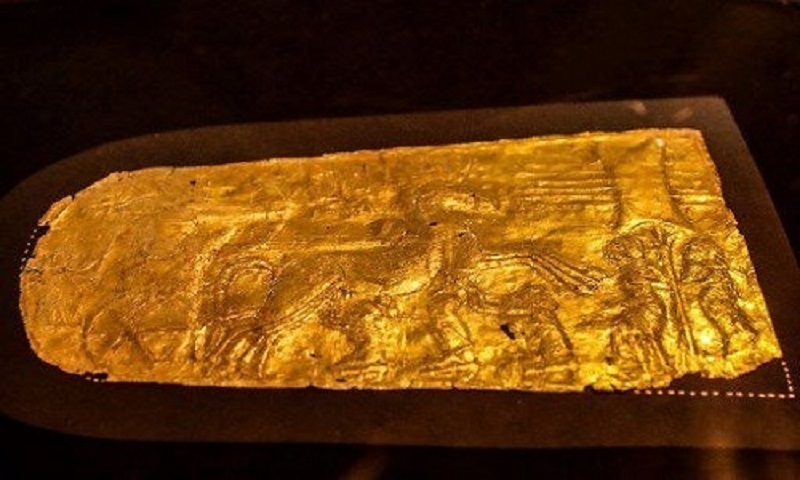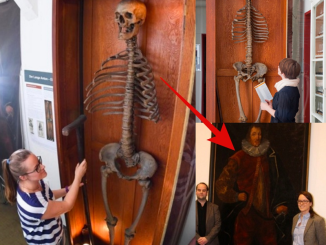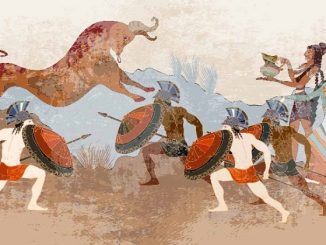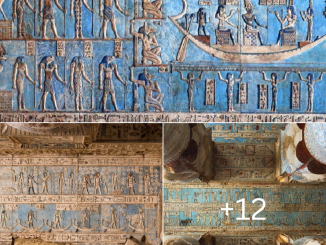Exquisite gold artifacts found in the tomb of pharaoh Tutankhamun have been revealed for the first time after nearly a century of discovery.

An embossed gold artifact from the tomb of pharaoh Tutankhamun. Photo: AFP.
The golden treasure of Egyptian pharaoh Tutankhamun was displayed to the public for the first time after nearly 95 years of discovering the king’s tomb, according to International Business Times. The artefacts have been in storage at the Egyptian Museum in Cairo for a century without being analyzed or restored.
The exhibition opened on November 15, displaying gold ornaments, embossed with motifs originating from eastern Mesopotamia in the second millennium BC. “The objects associated with pharaoh Tutankhamun’s chariot. Unfortunately they are in very bad condition,” said German conservation expert Christian Eckmann.
Some intact objects in Pharaoh Tutankhamun’s tomb. Video: YouTube.
The 19-year-old pharaoh’s tomb was first discovered in 1922 by British archaeologist Howard Carter. Despite many robberies and natural destruction, there are still more than 5,300 objects in the tomb, including solid gold coffins, golden masks, thrones, bows and arrows, trumpets, lotus-shaped cups, food, wine, sandals and linen underwear.
The treasure includes 100 decorative gold plates used for bow and arrow sheaths, quivers and bridles, all of which were transported from hundreds of kilometers away to the pharaoh’s final resting place. On the faces of some of the artifacts are embossed images of fighting animals and goats in trees, images foreign to Egyptian culture and believed to have come from the Levant or modern-day Syria.
“We assume that these decorative motifs that were highly developed in Mesopotamia spread to the Mediterranean and Egypt via Syria. This once again shows the great role of ancient Syria in the transmission of spread culture in the Bronze Age,” said Professor Peter Pfalzner at the University of Tubingen, Germany.
The embossed gold relics were found in a chest in 1922. After many hours in the conservation room at the Egyptian Museum, archaeologists successfully reconstructed the artifacts. They also made drawings of the treasures to conduct comprehensive research.
Professor Pfalzner and his colleagues determined that the artifacts were transported nearly 650 km across desert and waterways to present-day Cairo. The ancient Egyptians did not build roads to travel within their empire but mainly used waterways because most of the major cities were located on the banks of the Nile River.


